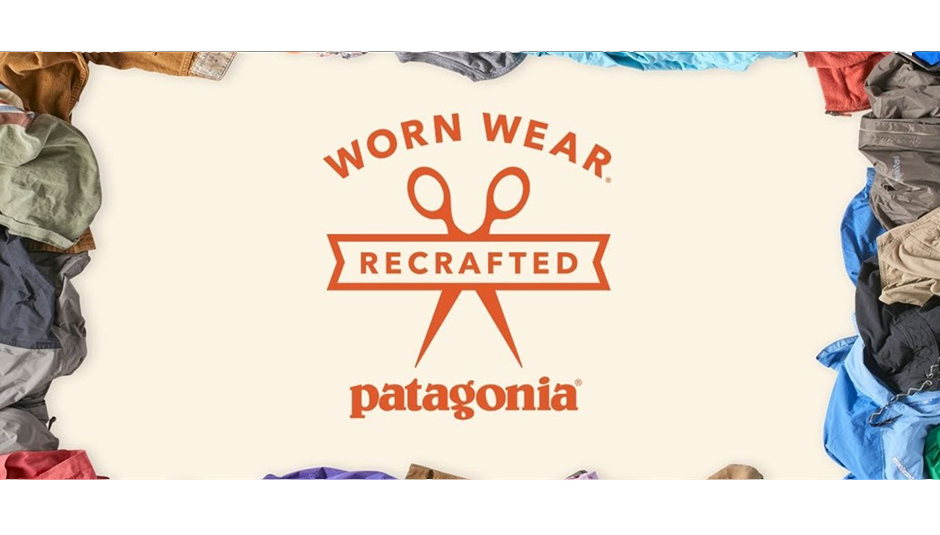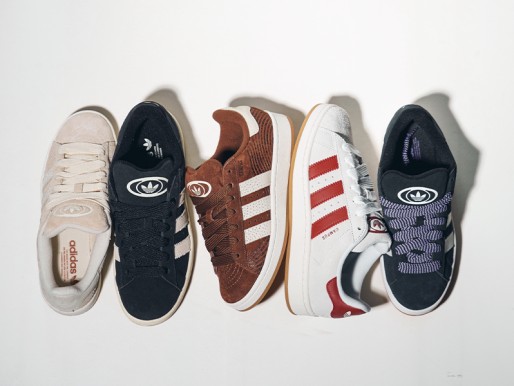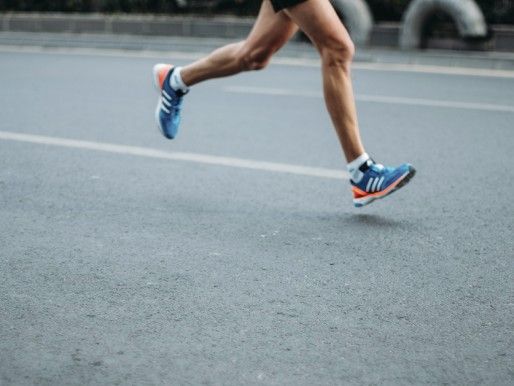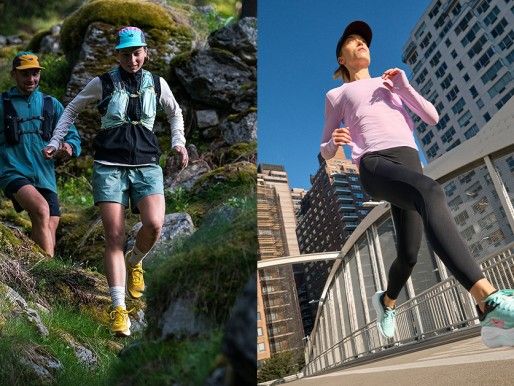We've all heard of the three R's. Reduce, reuse and recycle. Usually associated with the waste we produce at home, the three R's are also applied by Patagonia. The brand strives for a more sustainable industry by setting an example and encouraging other brands to do the same.
Given that Patagonia is an outdoor clothing and equipment company, it makes perfect sense that the well-being of the planet comes first. Although this theme is increasingly present in our minds and in the thinking of brands, the truth is that from the moment Yvon Chouinard decided to create his first climbing bolts in 1957, he was already thinking about the impact of his creations on the planet. Over the years, the company evolved and it was in the early 90s that the use of recycled materials began. By 2008, the brand was using recycled cotton, nylon, cashmere and wool.
Today, Patagonia is changing 100% of its materials for renewable and recycled versions. Through this decision, the brand has reduced CO2 emissions by 20,000 tonnes by 2019. If the entire industry recycled at the same rate, it was possible to reduce enough emissions to power every home in California for a year.
Did you know that conventional industrialised agriculture contributes up to 25% to the emissions causing the climate crisis? In 1996, realising that the use of pesticides in plantations was polluting rivers and causing illnesses among workers, Patagonia abandoned the use of normal cotton and switched to organic cotton. Nowadays, and because organic does not necessarily mean environmentally friendly, the brand is investing in organic regenerative practices, which enhance soil rehabilitation, respect animal welfare and improve the lives of farmers. According to Patagonia, 150 farms collaborating with the brand in India are already testing this method. In addition, Patagonia reuses waste from its factories, farms and consumer surplus, such as plastic, carpets and fishing nets. The brand has prevented 35 tonnes of plastic from reaching the ocean by transforming fishing nets into hats.
Patagonia also has a repair centre available. The customer can send the product to be repaired or can choose to donate it for recycling. If they do so, the brand extracts the cloth fibres and makes a new product. Still within recycling, Patagonia made history when it was the first outdoor company to launch a recycled catalogue. Even the books published by the brand, such as Chouinard's autobiography "Let my people go surfing", are printed on recycled paper.
However, the brand argues that we could not use recycling as an excuse for the rampant consumption that exists today. We all need to use everything we have for longer, using recycling as a last resort at the end of the life cycle. Then yes Patagonia sees recycling as a wonderful tool to bring something back to life.
Worn Wear: Patagonia's second-hand shop
No, you didn't misread that. Yes, Patagonia has a second-hand shop that goes hand in hand with the main shop. In line with the brand's philosophy, the extended use of a garment for at least two years allows it to cut its ecological footprint relative to carbon emissions, water consumption and the waste created in its production by 73%.

Established in 2013, Worn Wear encourages consumers to repair, reuse and recycle their Patagonia products. The aim is to change customers' relationship with products by raising their awareness of environmental causes. This project has so far enabled more than 80,000 products to extend their lives. On the brand's website, the customer can buy or sell used pieces, all to avoid waste, unnecessary consumption and preserve our life on earth.
The mission "make the best product, do no unnecessary damage and use business to inspire and implement solutions to the environmental crisis" is not only written on paper. The brand defends a cause that mobilises people inside and outside the organisation.
Check here the Patagonia models that we have available on our website.







